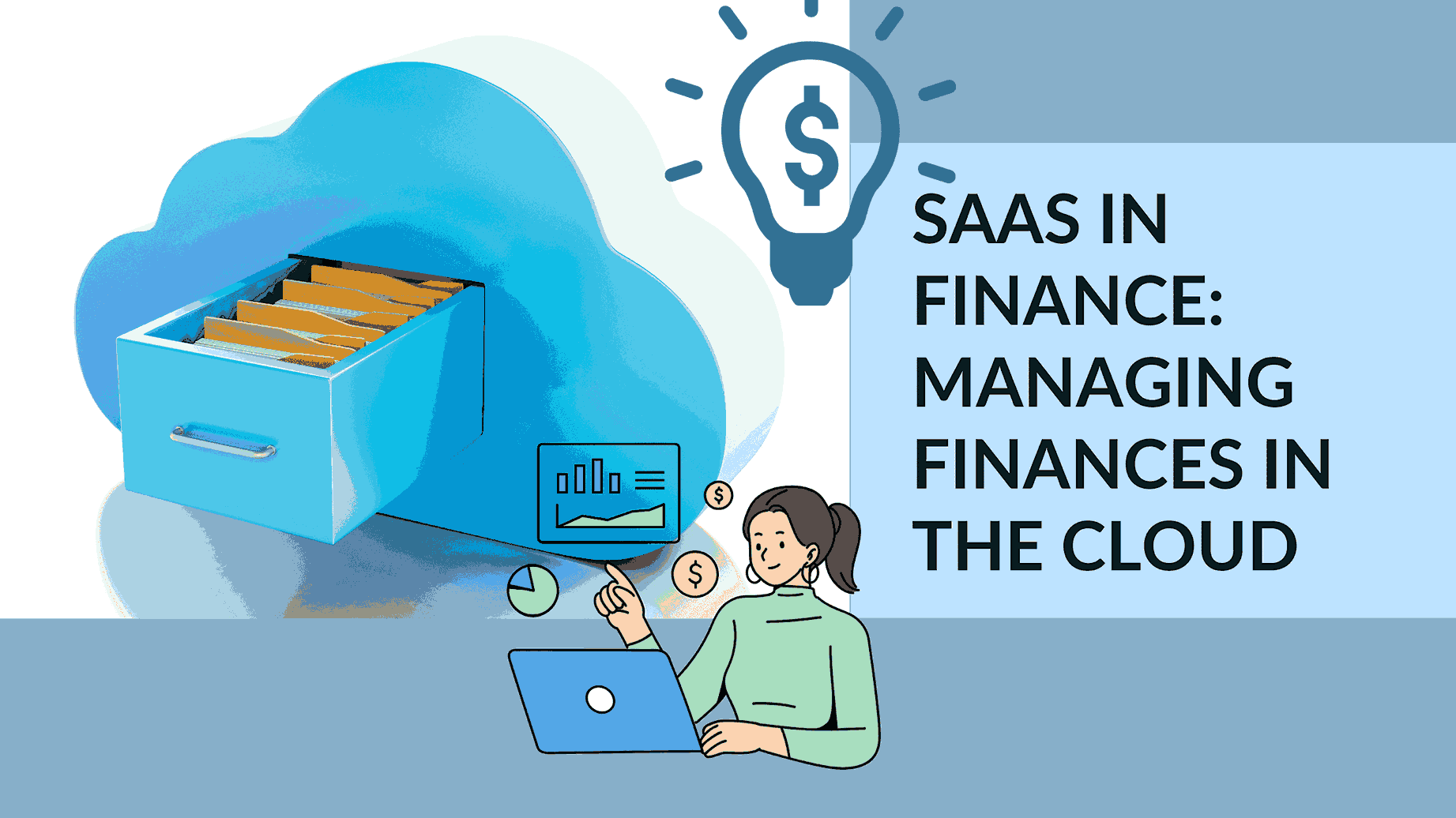SaaS in Finance: Managing Finances in the Cloud
- Proposal Software Customer Relationship Management


Revolutionizing SaaS Finance: Mastering Cloud-Native Financial Management
In the dynamic realm of Software as a Service (SaaS), managing finances has become a game-changer. Automating billing, cash-flow, and forecasting is the linchpin in discovering product/market fit and securing your market position. It empowers finance teams to bid adieu to manual workflows, bill clients seamlessly, synchronize revenue recognition, and more. However, it’s not merely about moving to the cloud; it’s about embracing cloud-native financial management.
Unlocking the Cloud-Native Advantage
Imagine a scenario: You’ve shifted your operations to the cloud, and everything seems business as usual. But is it really that simple? This is where the concept of “cloud-native financial management” comes into play, offering a more streamlined and efficient approach.
Breaking Free from the “Lift and Shift” Constraints
Lately, cloud applications have introduced the “lift and shift” approach, where you replicate an app or workflow from an on-premises location to the cloud. In theory, it sounds seamless, but in practice, it harbors certain risks:
- Application bugs from the original location carry over.
- Data migration exposes you to cyber vulnerabilities.
- It demands intricate and time-consuming application mapping.
Cloud-native financial management, in contrast, uses software tailor-made for the cloud, eliminating these hurdles. SaaS CFOs can:
- Eliminate revenue leakage by syncing datasets.
- Create a collaborative environment.
- Improve ARR and MRR.
The Pitfalls of Cloud-Enabled Solutions
Should you settle for cloud-enabled solutions, expect to encounter workflow challenges. These include a higher risk of manual errors, difficulties in establishing an integrated financial environment, and misallocated time and capital.
Why Do Cloud-Enabled Solutions Fall Short?
Cloud-enabled apps often struggle to manage third-party functionality, posing a significant challenge for SaaS organizations that rely on these apps for business processes. Furthermore, they lack precision in adjusting workflows and are notorious for turning simple tweaks into costly endeavors.
Guarding Against Cyber Threats
The migration process with cloud-enabled solutions can be a gateway for hackers, resulting in severe financial penalties for data breaches. 1 Cloud-native financial management mitigates these concerns and provides peace of mind.
The Benefits of Cloud-Native Financial Management for SaaS Companies
SaaS companies embracing cloud-native software typically seek three competitive advantages:
- Scalability: Cloud-based financial management systems facilitate rapid and sustainable growth without traditional SaaS growing pains.
- Flexibility: Accessible from anywhere, these systems enhance remote work and collaboration.
- Cost Savings: Reduction in hardware and software maintenance costs.
Day-to-Day Advantages of Cloud-Native Approach
Your finance department can reap benefits like:
- Enhanced Regulatory Agility: Real-time regulatory updates ensure compliance. 2
- A Seamless Customer Experience: Minimize involuntary churn and support various billing models. 3
- Agility in Turbulent Times: Adapt to market conditions swiftly. 4
- Streamlined Reporting & Forecasting: Vital for scaling, attracting investment, and profitability. 5
Embrace Cloud-Native Financial Management
Businesses that make the leap into cloud-native financial management quickly realize the transformation it brings. The cloud turns the complex world of recurring revenue into a profitable and well-organized enterprise.
Key Features of Cloud-Native Financial Management Systems
Additional advantages include:
- Integration with other business systems. 6
- Customizable reporting for data-driven decisions. 7
- Automated billing and invoicing, eliminating errors and saving time. 8
Streamlining with Sage Intacct
Sage Intacct leverages cloud-based financial management to provide granular insights into cash flows. For more insights and strategies, check out our ebook for SaaS CFOs titled “SaaS in Finance: Managing Finances in the Cloud.”
Embrace the cloud-native revolution and unlock the potential for growth, efficiency, and security in SaaS finance.
In conclusion, Subscribed.FYI offers a valuable resource for those looking to manage their SaaS stack, especially in the finance industry. With the ability to compare, evaluate, and manage all subscriptions in one place, freelancers and small teams can benefit from the platform’s centralized information and subscription management tools. Additionally, Subscribed.FYI Deals provides exclusive member-only savings on a wide range of SaaS tools, allowing users to unlock secret deals and save big on their expenses. By empowering users to make informed decisions about SaaS tools and providing comprehensive insights, Subscribed.FYI is a valuable tool for those in the finance industry looking to optimize their SaaS stack.
For more information and to start managing your SaaS subscriptions more effectively, visit Subscribed.FYI and check out the exclusive member-only deals at Subscribed.FYI Deals. Unlock savings on 100+ SaaS tools and take control of your expenses with the ultimate subscription management solution.
Footnotes
- Read more about safeguarding against cyber threats. ↩
- Enhanced Regulatory Agility ↩
- A Seamless Customer Experience ↩
- Agility in Turbulent Times ↩
- Streamlined Reporting & Forecasting ↩
- Integration with other business systems ↩
- Customizable reporting ↩
- Automated billing and invoicing ↩
- Subscribed.FYI Deals.
- Subscribed.FYI
https://www.youtube.com/watch?v=20QUNgFIrK0&pp=ygUvU2FhUyBpbiBGaW5hbmNlOiBNYW5hZ2luZyBGaW5hbmNlcyBpbiB0aGUgQ2xvdWQ%3D





